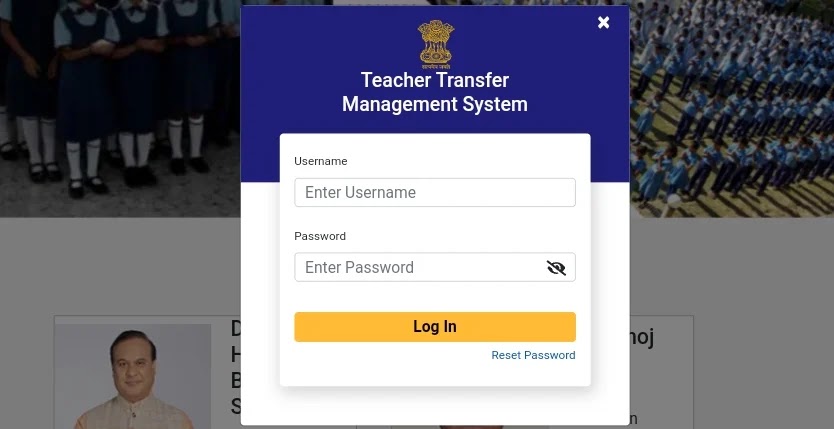The Assam Department of Education has unveiled an innovative online application portal dubbed “Teacher Transfer Management System,” commonly referred to as “HRMS Assam.” Designed for government teachers desiring a change of station, this new digital mechanism aims to expedite and streamline the transfer process while minimizing corruption. The fundamental purpose of this system is to digitize the transfer process, ensuring an optimal Pupil Teacher Ratio in schools.
HRMS Assam: Portal and Process Overview
Launched on November 22, 2021, the HRMS Assam, or Teacher Transfer Management System, has transformed the way teacher transfers are handled. The portal is a modern approach that facilitates the submission of transfer requests directly on the HRMS platform, eliminating the need for teachers to visit department offices physically. This digitization is expected to drastically reduce delays, making the entire transfer process more efficient.
Assam HRMS Portal Details
The HRMS portal, dedicated to the Online Teacher Transfer Process, is an initiative of the Department of Education, Government of Assam. The portal caters to all government teachers of Assam, offering a platform where they can submit transfer requests from April 1st to April 30th each year. The transfers take place during the Summer Vacation exclusively. Teachers across all levels – from lower primary to senior secondary – are eligible to participate in the transfer process facilitated by this system. The department has also provided a helpline (ttmscare@gmail.com or 08037121185) for any transfer-related queries.
How to Submit an Online Transfer Application?
The new HRMS portal was introduced to simplify the traditional teacher transfer process while maintaining the Pupil Teacher Ratio (PTR) in Assam’s government/provincial schools. The system has been designed in line with the “Assam Elementary and Secondary School Teachers’ (Regulation of Posting and Transfer Act, 2020).”
To help teachers submit their online applications for both Mutual and Single transfers, the portal features an explanatory video (developed by JSC Kendra – Job Shiksha Career) that walks users through the process. The video guide aims to ensure a hassle-free application experience for teachers.
Also Read – Zubeen Garg Bihu Programme List 2023
How to Update Service Profile Details?:
Before the actual transfer process commences, all eligible teachers are required to update their service profile details on the system within a specified timeframe. To accomplish this, users can visit the Submit Service Profile link under the Important Links section on the portal. This submission process can also be performed by following a few simple steps:
- Navigate to the Important Link section and click on Submit Service Profile.
- The official portal will load in a new tab.
- Click on the Create Account button and provide all necessary details.
- Log in to the portal using your mobile number as the username and your chosen password.
- After login, you will encounter 11 sections where you need to enter your complete details.
- Once all sections are filled, click on the Submit button to submit your Service Profile Details.
Here is a tutorial video –
Required Documents for Upload:
To finalize the Service Profile Details submission process, teachers are required to upload certain documents to the Teacher Transfer Management System. These documents, along with their maximum file sizes, are as follows:
- Passport Size Photograph – 50 KB
- Scanned Signature – 50 KB
- TET Marksheet/Certificate – 300 KB
- D.El.Ed or B.Ed Marksheet – 300 KB
- HSSLC Marksheet – 300 KB
- Graduation Marksheet – 300 KB
- Proof of Age – 300 KB
- Appointment Letter – 300 KB
Conclusion:
The launch of the HRMS Assam portal signifies a major step forward in modernizing and enhancing the efficiency of teacher transfer processes. By digitizing the procedure, the Department of Education not only makes the process quicker and easier but also adds a layer of transparency to it, reducing the chances of corruption. With this system, the department has successfully leveraged technology to ensure the optimal deployment of teaching resources across the state, ultimately contributing to better education outcomes.
